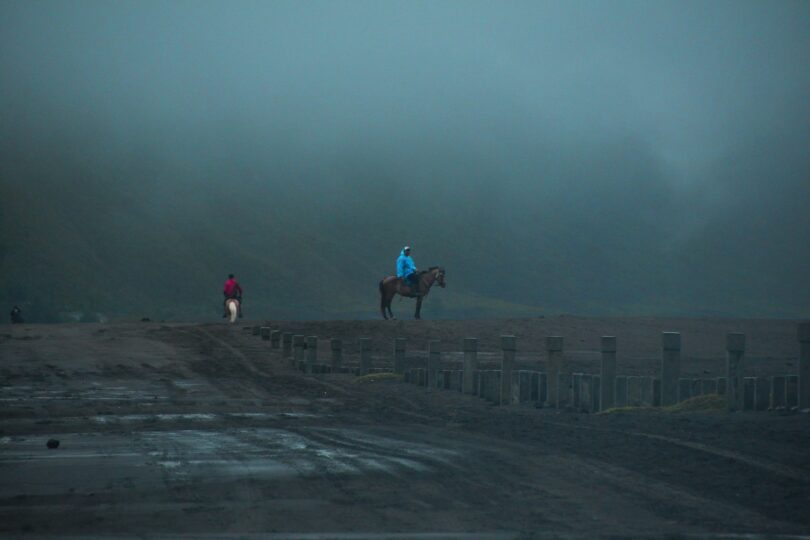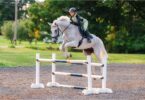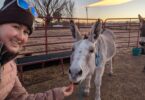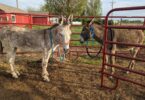As an equestrian, my relationship with rain one of love-hate. While I can accept that regular doses of rain are necessary, bringing with it wonderfully lush grass, providing respite from the oppressive humidity and filling up rain water tanks and bores, there are also several negatives associated with the rain. When summer starts and brings with it several days of seemingly endless rain my heart sinks a little. Here in North Queensland, we are currently in the thick of it, so I thought I would share some strategies which have enabled me to retain my sanity in the rain.
When the inability to ride in your rain soaked arena becomes an issue, the obvious recommendation is to build an indoor… Just kidding, clearly this is outside the budget of many equestrians. Having an arena which doesn’t drain well has forced me to become both more creative and make the best of a situation. I am lucky to have wide grassed verges around my agistment centre and regularly make use this area during the summer rain. Although, the area is not wide enough to ride a 10m circle comfortably, it is great for riding transitions within the pace and lateral work such as leg yields, shoulder in and travers. I also like to make use of this time to do a little bare back riding, I find that this helps me to engage the correct muscles within my core as well as allowing greater feel of my horses back.
When the ground has reached a point of complete saturation and riding just isn’t an option there are still things that you can do to get that horsey fix. Some strategies you could try include:
– Reviewing what progress you have made towards your goals and setting new ones
– Reflecting on your most recent training sessions and considering any areas of your riding that require more attention
– Visualising aspects of your training on which you are getting stuck or that you want to improve upon
Working with Danielle Pooles a performance coach at
Now I love my mare dearly, but I do on occasion wish that her skin was not quite so sensitive. Sensitive skin combined with two and a half white socks, quickly growing grass and bucket loads of rain is a recipe for greasy heel. Despite my best efforts in the past, there have been two occasions that I can vividly recall, where she has developed a mild case of greasy heel resulting in her normally elegant legs looking more like those belonging to an elephant from the hock down!
In the absence of a stable where were your horse can get high and dry a couple of products can help you keep on top of these problems. I use a combination of antibacterial washes (such as Malaseb), drying her heels and pasterns and then coating them in Keratex Mud Shield powder. And then putting Mud Guards on.
Fortunately around 18months ago Mum stumbled across Mud Guards (https://www.mudguards4horses.com), which are a pleated canvas wrap (similar to gaiters that hikers wear) that fasten just above the fetlock, that help to keep the pastern and heel dry as well as keeping the sun off. I have used these over the two ‘wet seasons’, they have saved me time, money, stress and best of all no more elephant legs!
To prevent her hooves becoming waterlogged and make them easier to clean out as the mud dries I have been using Keratex Hoof gel.
Since moving to Brisbane and having Nonie stabled for 12 hours a day, I’ve realise just how much easier it is to manage horses during the wet. Being dry for at least half the day even during the wettest periods allows your horses feet and skin the chance to dry out. This helps to keep their feet for becoming too soft and crumbling, and equally helps to prevent the development of bacterial skin conditions such as rain scald and greasy heel.
I hope these ideas help you to make it through to winter with the least amount of drama possible. If all else fails enjoying stomping in a few puddles and wait for the rain to pass!







